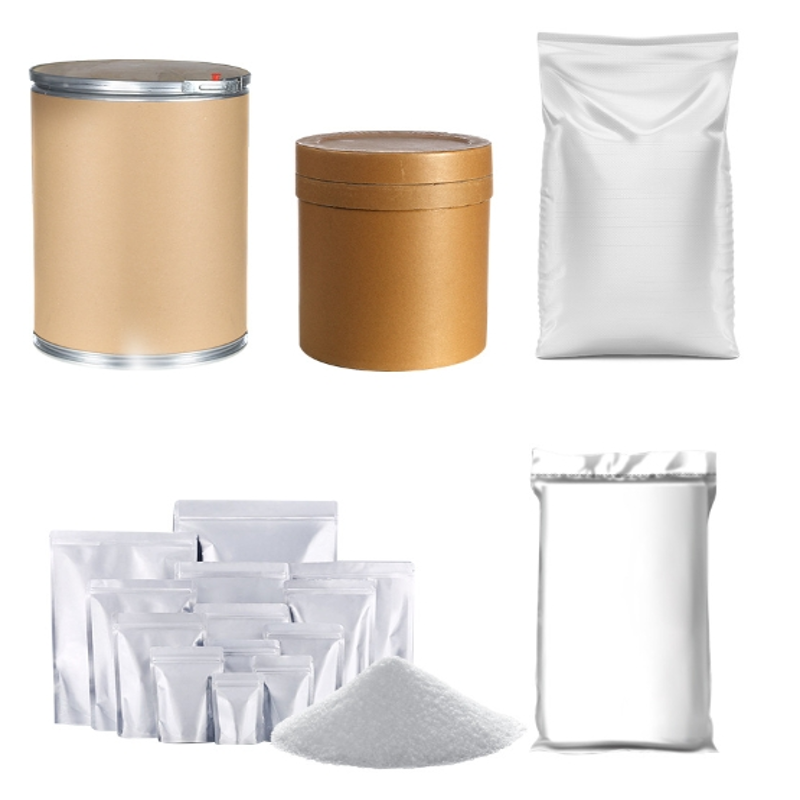-
Categories
-
Pharmaceutical Intermediates
-
Active Pharmaceutical Ingredients
-
Food Additives
- Industrial Coatings
- Agrochemicals
- Dyes and Pigments
- Surfactant
- Flavors and Fragrances
- Chemical Reagents
- Catalyst and Auxiliary
- Natural Products
- Inorganic Chemistry
-
Organic Chemistry
-
Biochemical Engineering
- Analytical Chemistry
- Cosmetic Ingredient
-
Pharmaceutical Intermediates
Promotion
ECHEMI Mall
Wholesale
Weekly Price
Exhibition
News
-
Trade Service
Yimaitong compiles and arranges, please do not reprint
without authorization.
Guide
Based on the results of Study 205,
of patients with advanced
Research background
To explore the optimal dosing regimen for lenvatinib, the research team, in collaboration with the U.
S.
Food and Drug Administration (FDA), developed a pharmacokinetic/pharmacodynamic model of tumor growth that showed that a lower starting dose of lenvatinib (14 mg) may be equal
to or better than the conventional starting dose of lenvatinib (18 mg) in patients with advanced RCC.
This study aims to validate model predictions and assess whether the efficacy and safety of low starting doses of lenvatinib in patients with advanced RCC are comparable (with conventional dosing regimens
).
Study design
This is a randomized, open-label, phase II trial conducted worldwide in patients with advanced RCC
who have progressed to disease following prior targeted therapy (or anti-PD-1/PD-L1 therapy) with a vascular endothelial growth factor (VEGF).
Patients were randomized (1:1) to 14 or 18 mg of lenvatinib starting dose group, all plus everolimus 5 mg/day
.
Unless grade 2 or any ≥ grade 3 TEAEs that cannot be tolerated or require dose reduction occur within the first 28-day cycle, patients in the 14 mg group should increase the lenvatinib dose to 18 mg
on day 1 of cycle 2.
The primary endpoint of efficacy was the objective response rate (ORRwk24) assessed by the investigator at 24 weeks, with a unilateral p-value ≤0.
045)
in the 14 and 18 mg groups.
The primary endpoint of safety was the proportion
of patients in both groups who developed intolerable grade 2 or any ≥ grade 3 TEAEs within 24 weeks.
Study results
The ORRwk24 was 32% (95% CI 25-39) in the 14 mg group and 35% (95% CI 27-42) in the 18 mg group, with an odds ratio (OR) of 0.
88 (90% CI 0.
59-1.
32), and a p-value of 0.
3 (no preset non-inferior efficacy cut-off) for the non-inferiority test, so it cannot be concluded that a low starting dose of lenvatinib is not inferior to the conventional starting dose of lenvatinib
。 At data cut-off, there was 1 patient with a complete response (CR) and 53 patients with a partial response (PR) in the 14 mg group, with an ORR of 35% (95% CI 27-42), 2 patients in the 18 mg group, 61 patients with PR, an ORR of 41% (95% CI 33-48), and an OR of 0.
77 (90% CI 0.
52-1.
14).
Table 1 ORR analysis of patients in two groups
The results of safety analysis showed that there was no significant difference in the incidence of grade 2 or any ≥ grade 3 TEAEs that could not be tolerated within 24 weeks between the two groups (14 mg versus 18 mg, 83% vs 80%, p=0.
5).
Most treated patients (≥99%) developed at least one TEAEs, and the incidence of the most common levels of TEAEs of any grade was similar between the 14 mg and 18 mg groups, including
。
Table 2 Analysis of common TEAEs in the two groups
The primary endpoint ORR and secondary endpoints progression-free survival (PFS) and overall survival (OS) were better
in the 18 mg group.
The study had certain limitations
as the study design did not provide a comprehensive comparison of PFS between the two groups.
Conclusion of the study
The results of this study suggest that the efficacy of lenvatinib at low doses (14 mg) differs from the approved dose (18 mg), and although safety results are similar, the approved dosage regimen
of 18 mg lenvatinib plus everolimus 5 mg daily should be used in patients with advanced RCC.
References:
Pal SK, Puente J, Heng DYC,et al.
Assessing the Safety and Efficacy of Two Starting Doses of Lenvatinib Plus Everolimus in Patients with Renal Cell Carcinoma: A Randomized Phase 2 Trial.
Eur Urol.
2022 Sep; 82(3):283-292.







